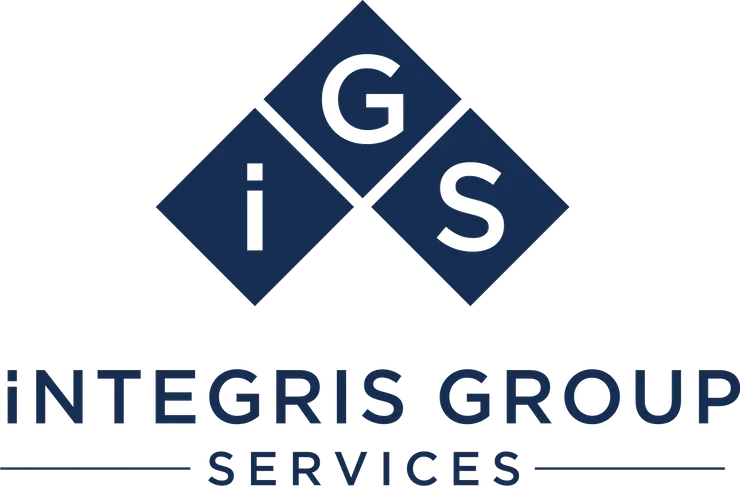Integris Group Services developed a Knowledge Management System by working directly with operational team members, managers and coordinators.
Integris Group Services have worked with our client providing Internal Audit Services that recently progressed to providing additional strategic advisory and implementation of strategic initiatives.
Our team identified through its audit process that whilst a high number of process documents were developed to support operations, that they were in some cases difficult to follow.
The Commercial Operations team were interested in resolving this issue by developing a standardised template and set of requirements or standards for the creation of documents that are stored in their management systems, as well as create a “Knowledge Management System” that can be used by team members to obtain the latest version of documents.
The Problem
The Education department of our client required assistance to identify the current state of its process documentation, as well as determine clear ownership of these processes for continual improvement purposes. The documents were stored in a system that as due for retirement at the end of 2021, and was not user friendly for effective document retrieval.
Additionally, it was identified during a sample assessment there were conflicting, duplicated and misaligned instructions in documents, making it difficult to understand approved processes, and there was no standardised approach to document or process diagrams.
Consequences
There were two key impacts considered by the Commercial Operations Team:
- Should information held within the document management system be archived/purged, what impact would this have on operations?
- If key team members within our client become unavailable for a prolonged period, which process is the authorised one?
Our Solution
Our team divided the work into two separate phases with CPA:
Phase 1
The initial phase included a gap assessment where a SIPOC approach was used to identify the current key activities performed by team members, as well as the high-level tasks that occur within those activities and reporting roles.
Our team then used this information (as well as an assessment criterion agreed with our client) to identify the coverage of existing documentation against these activities, which:
- Identified overlaps in existing documentation
- Quantified gaps in existing documentation, and
- Established a relationship across documentation so that SMEs didn’t have duplicate (and non-aligned) processes and documentation to refer to (creating an “Approved Process”).
Phase 2
This phase involved our team supporting our client to establish documentation based on collaboratively developing process diagrams and detailing out the specific additional information needed for each activity step in the process diagram.
We also worked with the Leadership team to develop and establish a Document Management Standard as well as a TeamSite to house the new documents for easier access by the team.

